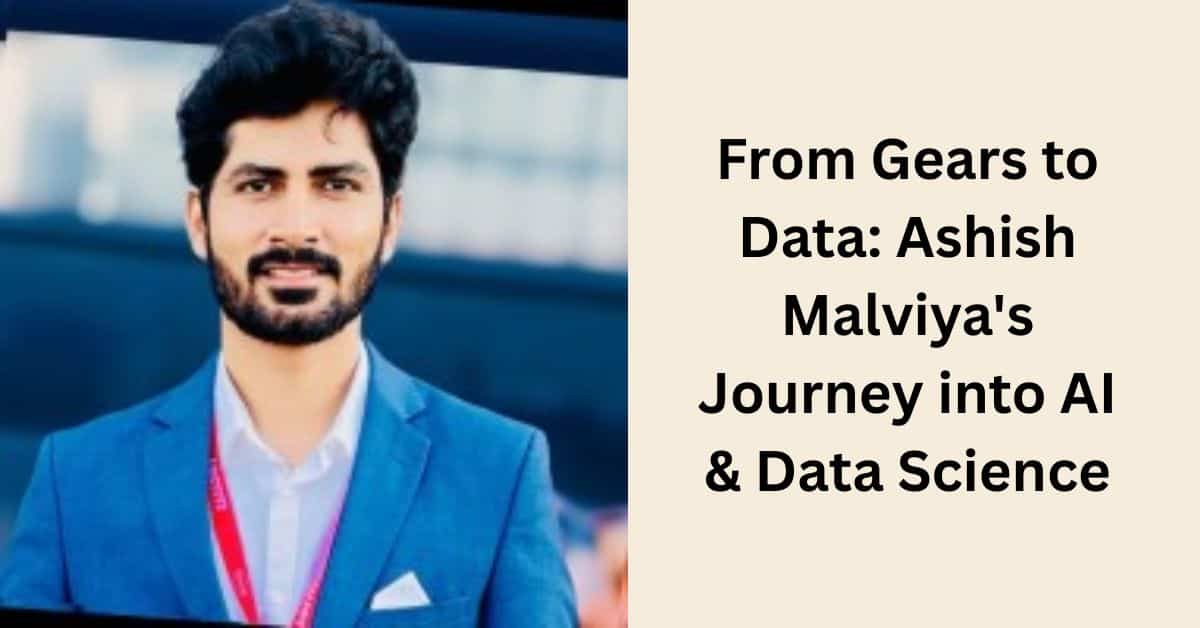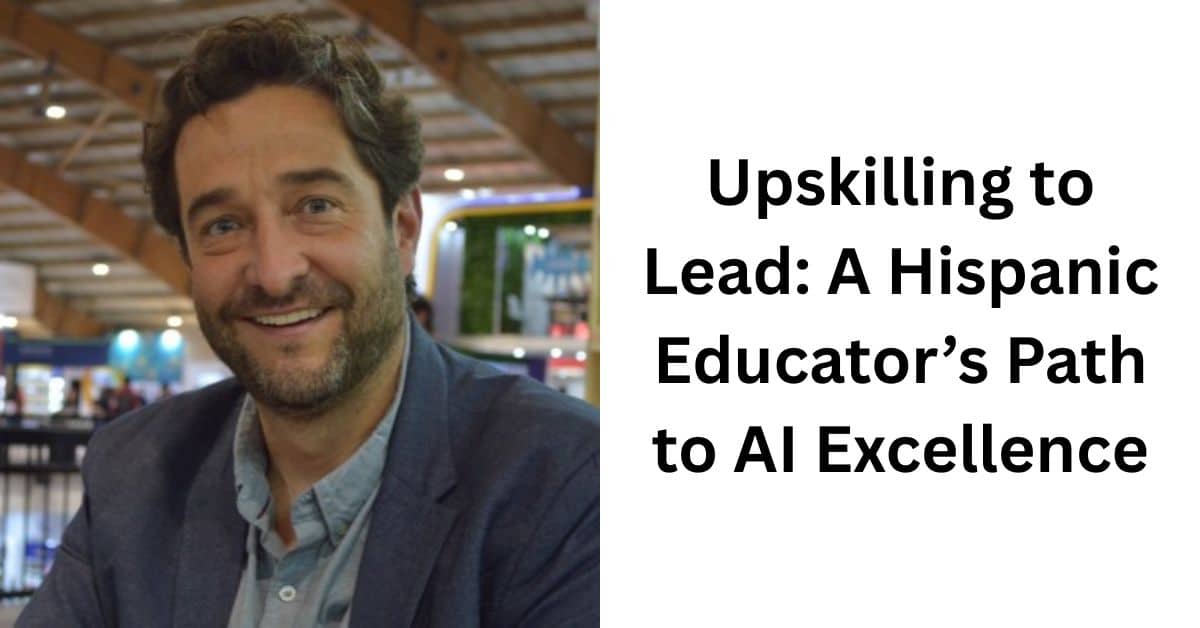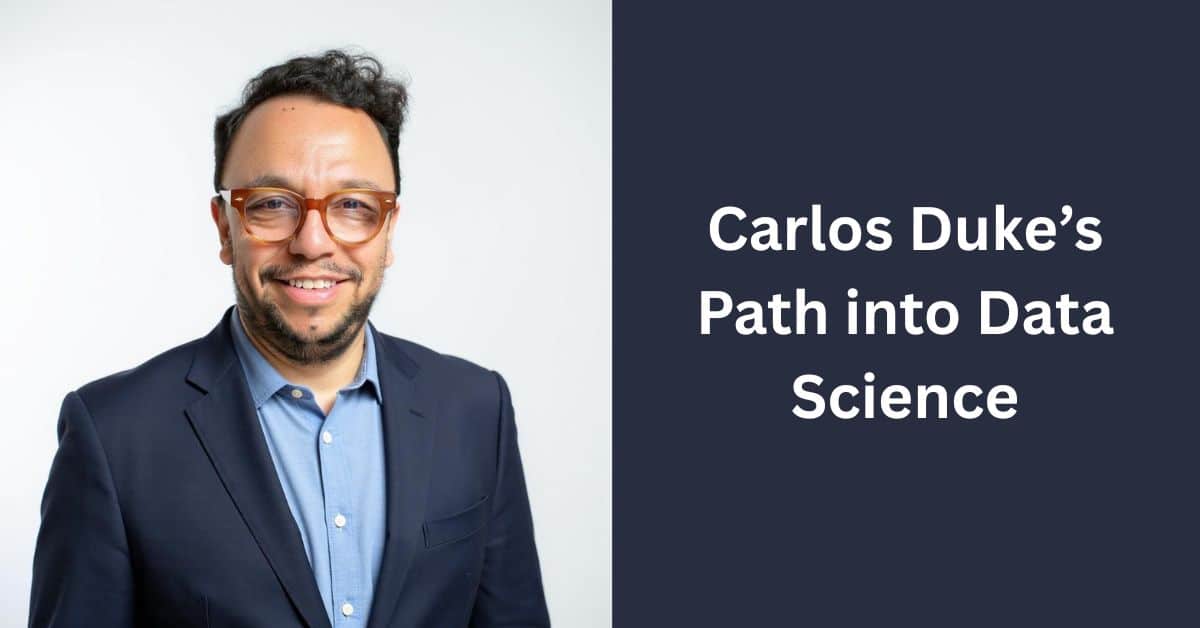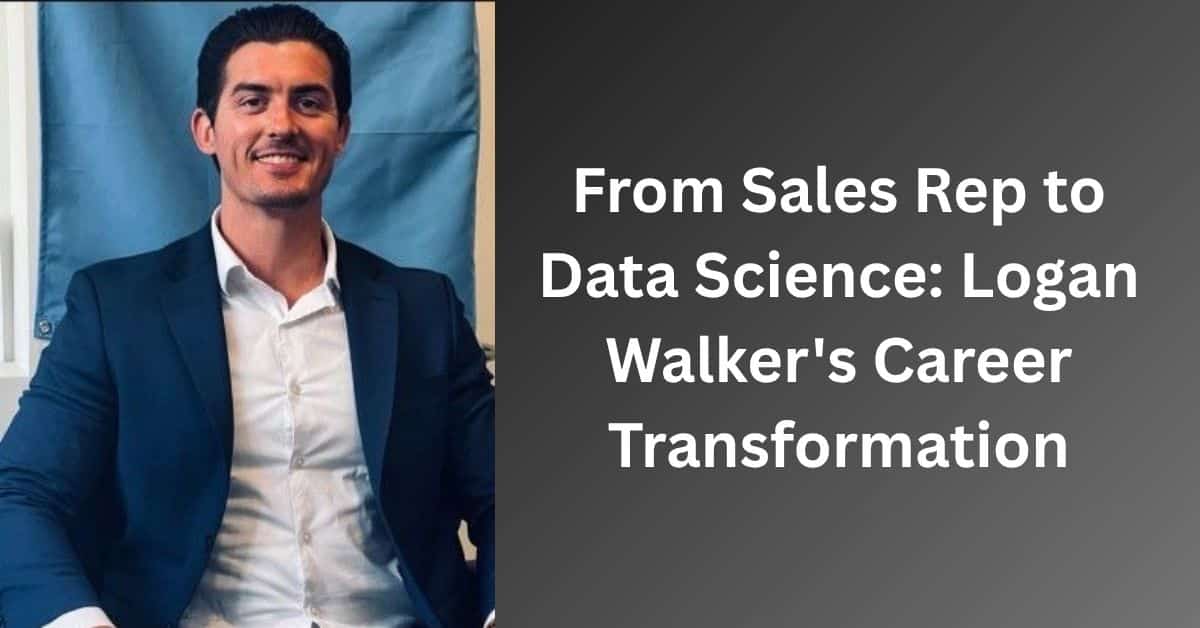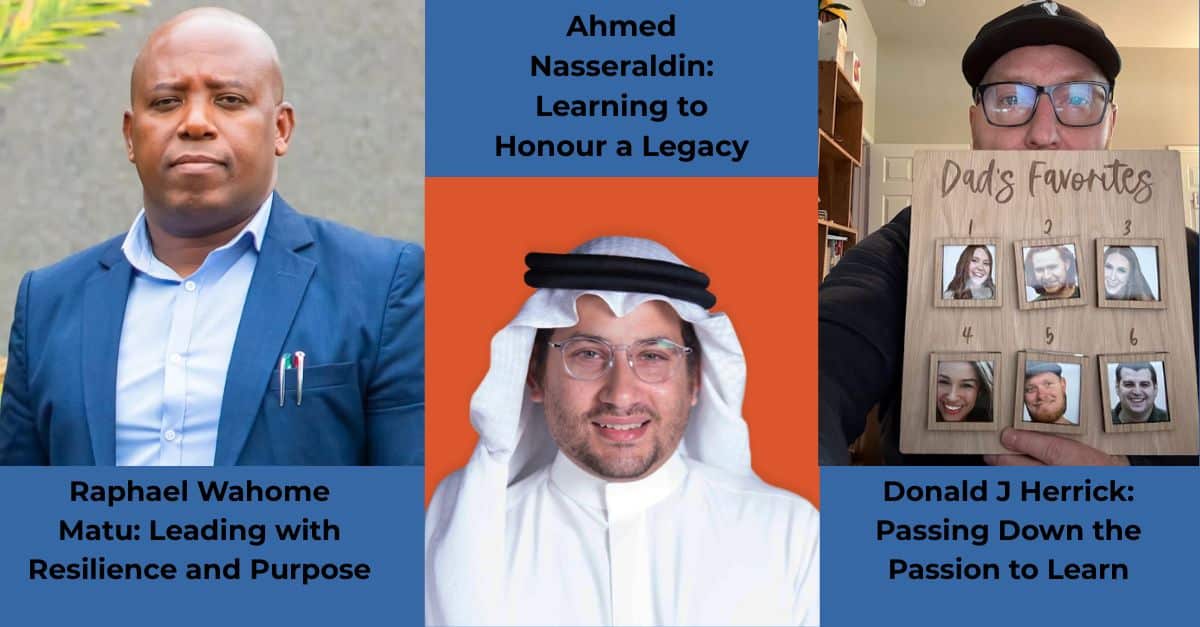By -Mayuri Shivam
Seventeen years into his engineering career, Ashish Malviya found himself at a crossroad. He had built a solid foundation in mechanical engineering and industrial systems, leading high-impact projects and managing operations. But for Ashish, doing more of the same wasn’t enough. As he watched industries evolve around him, he felt a growing need to evolve with them.
So he returned to learning. And not just once, but twice.
Ashish didn’t leave engineering behind. Instead, he chose to future-proof it. His mission was to merge his deep domain expertise with the transformative power of data, automation, and artificial intelligence, tools that were rapidly redefining how businesses operate.
From Gears to Data: A Strategic Shift
In the early stages of his career, Ashish held roles like Senior Development Engineer and Business Development Manager, where he led engineering initiatives and helped improve productivity. But gradually, he noticed recurring problems that traditional methods couldn’t solve.
“Challenges could be better addressed through automation, AIML models, and data-driven processes,” he recalls.
Exposure to tools like Product Lifecycle Management (PLM), system architecture, and Industrial IoT made it clear: data and AI were the future. Ashish decided it was time to lead digital transformation, not just observe it.
A Journey into Data Science
Ashish began by enrolling in the Post Graduate Program in Data Science and Business Analytics (Now Post Graduate Program in Data Science) offered by the McCombs School of Business at UT Austin. The program gave him a strong analytical foundation and business insight to apply data science to real-world challenges.
Post Graduate Program in Data Science
Master data science skills with a focus on in-demand Gen AI through real-world projects and expert-led learning.
To deepen his technical skills and gain a global perspective, he later pursued the Master of Data Science (Global) from Deakin University with Great Learning. The curriculum aligned closely with his evolving goals.
“I wanted to specialize further and apply my knowledge in real-world scenarios, especially in Industry 4.0 and business transformation,” he explains.
Learning Without a Classroom
Studying online while working full-time came with its own set of challenges. Without the structure of a traditional classroom, Ashish had to build his own.
He stuck to a schedule, participated in online forums, and leaned on mentors. “The support I received from mentors was incredibly valuable,” he says. “They offered guidance, industry insights, and helped me stay focused.”
Even without in-person interaction, Ashish found the learning immersive. Hands-on projects, peer discussions, and real-world case studies made the experience engaging and memorable.
Real Skills, Real Impact
Ashish emerged from both programs with a strong mix of technical and strategic skills. He mastered predictive modeling, time series forecasting, data engineering, and tools like Python, Power BI, SQL, and Azure ML Studio.
In his current role, he has already applied these skills to develop a predictive maintenance system using machine learning models. By analyzing sensor data from industrial equipment, he helped reduce downtime and extend asset life. He also led initiatives using Azure tools to streamline manufacturing workflows and improve operational efficiency.
Discovering the Power of LLMs
Ashish’s upskilling journey also led to an unexpected discovery: the power of Large Language Models (LLMs). Initially focused on predictive analytics, he soon found new applications for LLMs in natural language processing, customer support automation, and intelligent decision-making.
Deploying these models in scalable cloud environments opened new doors. “It was a turning point. I realized how much more we could do with intelligent, human-like applications,” he says.
Growth Beyond the Resume
For Ashish, this journey wasn’t just about learning new tools; it was about becoming a more adaptable, disciplined, and forward-thinking leader. The challenge of learning independently built his resilience and sharpened his problem-solving mindset.
He now promotes a culture of data-driven thinking in his workplace, encouraging teams to integrate analytics into their everyday decision-making. Whether he’s mentoring engineers or rethinking workflows, Ashish brings both clarity and conviction.
What’s Next: Designing the Future
Ashish is not done yet. He aims to grow into a formal AI engineering role and eventually launch his own AI-focused startup. His vision? To create intelligent systems that solve complex industrial problems, making operations more efficient, decisions more data-driven, and innovation more sustainable.
His advice for aspiring learners is clear: “Focus on emerging fields like AI, Generative AI, and Reinforcement Learning. These areas are transforming industries. You don’t need to memorize everything; understand how it fits together. The rest, AI can help with.”
Ashish’s story is more than a career pivot. It’s a blueprint for reinvention in an AI-powered world, proof that learning never stops, and neither should you.
